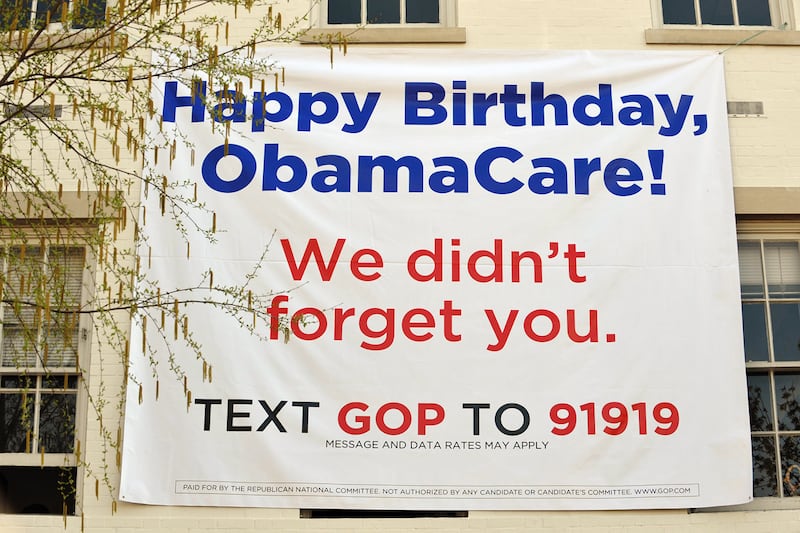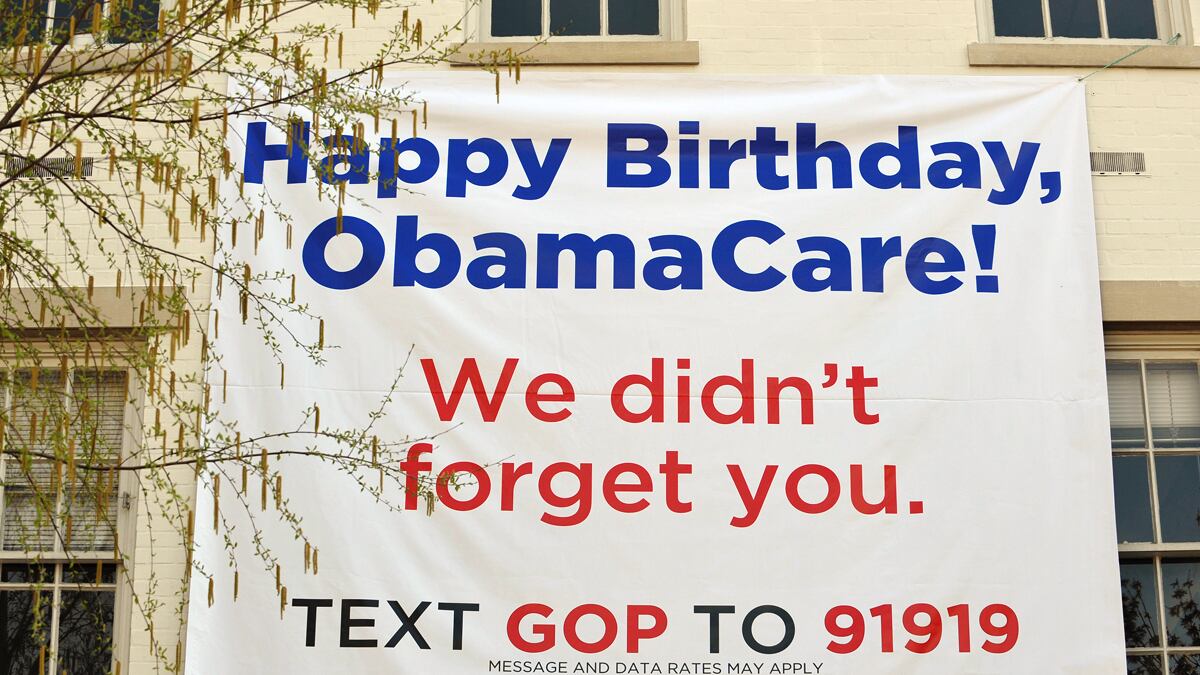It was Alexander Hamilton, one of the nation’s founders and its first treasury secretary, who downplayed the judiciary as the “least dangerous” branch of the government. Why? “Because it will be least in a capacity to annoy or injure,” he wrote in his Federalist 78 paper.
It’s a statement historians and scholars have debated for decades—whether indeed the courts are more innocuous than the executive and legislative branches. But these days, it can be a rather comical sentiment, considering the heightened attention, certain to increase, on the Supreme Court and its nine justices before they hear arguments next week on the Affordable Care Act, the Obama administration’s controversial health-care law.
At issue is a portion of the law known as the individual mandate, which requires anyone requiring health care—which is to say, everyone—to buy health care or face a penalty. Conservatives argue that the government doesn’t have the power to mandate economic activity (the Constitution’s Commerce Clause allows federal officials to regulate intrastate commerce, not the absence of it). Progressives claim that not buying health insurance is an economic activity because uninsured people end up costing taxpayers.
Yet neither side is willing to bide its time while the high court makes up its mind. Washington will be at fever pitch this weekend. There will be op-eds, endless tweeting, and many a TV live shot with the marbled courthouse in the backdrop. The justices generally allow a handful of spectators in for oral arguments on the days they hear cases. Court and health-care enthusiasts started lining up a week in advance for a coveted seat to the six-hour legal session, a rare extension of the usual one-hour Supreme Court session.
The debate also will play out in protests across the country. More than 130 locations have been planned for protests on Friday, over the weekend, and on Monday. The conservative group Tea Party Patriots plans to march on Capitol Hill all weekend, and camp on the eve of the hearing. Local Tea Party groups have organized demonstrations outside statehouses and city municipal buildings. In Washington, about 1,000 people are expected to be heard outside the Department of Health and Human Services, the agency that oversees the law.

Some religious groups even plan to encircle the courthouse on Monday to pray.
The vast majority of the demonstrations are being organized by conservative groups, who have dubbed the law “Obamacare” and hope to see it completely unraveled. But progressive groups also have joined the fray. A group of the law’s supporters from Congress has organized a “Protect My Health Care, Protect the Law” rally across the street from the courthouse. Officials, including some lawmakers, will host a press conference each morning next week that includes testimonials from people who have benefited from the law. The White House, for its part, has steered clear of the circus. President Obama leaves for a week-long trip to South Korea this weekend.
The court itself has prepared for the close-up. Known for their disallowance of cameras or recording devices in the main chamber, the justices have agreed to release daily recordings of the proceedings as well as a written transcript. Kathy Arberg, a spokeswoman for the court, says folks inside the building are well aware of the interest outside. “We know there’s heightened interest and intrigue in this case,” she says. But protests outside the court aren’t entirely new. “There are routinely demonstrations being held in front of our building. It happens with regularity.”
Meanwhile, online hubs of communication also have shown heightened interest. The terms “Obamacare” and “health care” and “Supreme Court” have all trended in Google searches over the past week. Tweeters also have repurposed the hashtag #hcr to reference the court hearing, rather than just the law. One of Nancy Pelosi’s op-eds supporting the ACA was one of the most retweeted items on Twitter on Friday afternoon.
In politics, grassroots interest can drive policy, but when it comes to the Supreme Court, the larger question may be whether any of the noise will matter. The ACA, and the fate of health care in America, will come down to nine people’s interpretations of the law. But having been exposed to the legal arguments for more than two years, and having read opinions from lower courts, and having accepted briefs of the case from at least 26 state attorneys general, the justices are likely to have already made up their minds.
“All of this certainly doesn’t matter to the court itself,” says Stephen Hess, a longstanding governance scholar at Washington’s Brookings Institution. “These demonstrations will have zero impact on the justices. In fact, I’m trying to think if you can even hear outside noise when you’re inside the chamber. Somehow I don’t think you can.”






